
“Everything You Know About The Future is Wrong”
How surprisingly recent of an invention is your favourite way of brewing your morning coffee? pic.twitter.com/mnZYOPqs8L
— Simon Kuestenmacher (@simongerman600) January 27, 2024
Aristotle: On Sophistical Refutations Coming To Be Passing Away The Cosmos
Purdue University: Logical Fallacies and How to Spot Them
Plunder and Deceit: Big Government’s Exploitation of Young People and the Future (Mark Levin, 2015)
The term “lively arts” is often attributed to American writer and poet James Thurber. It was popularized in the mid-20th century as a way to describe various forms of performing arts, such as theater, dance, music, and other creative expressions.
“What art is, in reality, is this missing link, not the links which exist.
It’s not what you see that is art; art is the gap”
— Marcel Duchamp
Today we refresh our understanding of the literature that guides the safety and sustainability goals of lively art events in educational settlements. Consortia have evolved quickly in recent years, leading and lagging changes in the content creation and delivery domain. With this evolution a professional discipline has emerged that requires training and certification in the electrotechnologies that contribute to “event safety”; among them:
ASHRAE International
Standard 62.1: This standard establishes minimum ventilation rates and indoor air quality requirements for commercial buildings, including theaters and auditoriums.
Standard 55: This standard specifies thermal comfort conditions for occupants in indoor environments, which can have an impact on air quality.
Audio Visual and Experience Association
Entertainment Services and Technology Association
Set design model for Giuseppe Verdi’s Otello, created for a Paris production in 1895@GallicaBnF
print(“Lively Arts”)https://t.co/93JWrmLwPh pic.twitter.com/RRxuzmGT4r— Standards Michigan (@StandardsMich) December 10, 2021
The Johnny Carson School of Theatre & Film commits to the philosophy that students of the lively arts must be provided w/ practical skills for employment in industry &
educational settings.https://t.co/DRe7qWJKgW@NebCarsonSchool
Print(“Lively”) #StandardsNebraska pic.twitter.com/7K8zfXYlZj— Standards Michigan (@StandardsMich) February 4, 2022
International Code Council
International Building Code: Section 303.2 Assembly Group A-1
Illumination Engineering Society
RP-16-17 Lighting for Theatrical Productions: This standard provides guidance on the design and implementation of lighting systems for theatrical productions. It includes information on the use of color, light direction, and light intensity to create different moods and effects.
RP-30-15 Recommended Practice for the Design of Theatres and Auditoriums: This standard provides guidance on the design of theaters and auditoriums, including lighting systems. It covers topics such as seating layout, stage design, and acoustics, as well as lighting design considerations.
DG-24-19 Design Guide for Color and Illumination: This guide provides information on the use of color in lighting design, including color temperature, color rendering, and color mixing. It is relevant to theater lighting design as well as other applications.
National Center for Spectator Sports Safety and Security
National Fire Protection Association
Life Safety Code
National Electrical Code
Articles 518-540: Arenas, Lecture Halls & Theaters
Society of Motion Picture Technology Engineers
Professional Lighting and Sound Association
Dance and Athletic Floor Product Standards: ASTM F2118, EN 14904, DIN 18032-2
Incumbent standards-setting organizations such as ASHRAE, ASTM, ICC, IEEE, NFPA have also discovered, integrated and promulgated event safety and sustainability concepts into their catalog of best practice titles; many already incorporated by reference into public safety law. We explore relevant research on crowd management and spectator safety.
“Art is anything you can get away with” — Marshall McLuhan
More
International Code Council (N.B. Changes to its Code Development Process)
International Building Code: Entertainment Occupancies
Section 410: Stages, Platforms and Technical Production Areas
National Electrical Code: Articles 518 – 540
Code-Making Panel 15 (NEC-P15): Public Input Report 10/1/2020
Code-Making Panel 15 (NEC-P15): Public Comment Report 11/18/2021
ASHRAE 62.1 Ventilation for Acceptable Indoor Air Quality
Princeton University: Set Design & Construction
Building the Virtual Stage: A System for Enabling Mixed Reality Theatre
University of California: Special Effects Safety and Loss Prevention
“I have found that it is the small everyday deeds of ordinary folk
that keep the darkness at bay.”
— J.R. R. Tolkein
Tolkien, author of “The Lord of the Rings” and “The Hobbit,” completed his studies at the University of Birmingham in 1915. He graduated with first-class honors in English Language and Literature. After graduation, Tolkien went on to serve in World War I before embarking on his distinguished career as a writer and academic.
Roger Scruton “Why Intellectuals are Mostly Left”
“ I think that the theater is the initial glamorizer of thought; where it can be told – without too much disguise but without too much directness either – the secrets, and thereby its antipathies and sympathies – the secrets and the knowledge of the human heart…
…I think that makes the art of the theater as important as the doctor or the psychologist or the Minister…
…I think it’s vitally important that the world knows itself and I think the theater is one of the most immediate means of expression towards that end…”
Demand for live events in college towns — what is now called”entertainment content” — is gathering pace; owed somewhat to an older demographic that prefers expanded social interaction to the online entertainment offerings that the younger demographic prefers*. We see an expansion of the market in the construction of architecturally astonishing buildings; though the circumstances of pandemic has changed everything.
Today our interest lies in the complex safety and sustainability characteristics of the physical infrastructure — with particular interest in the fire protection, environmental air and electrotechnologies required to make them safe and sustainable. This facility class is far more complicated technologically and operates at significantly higher risk than, say, classrooms or office space.
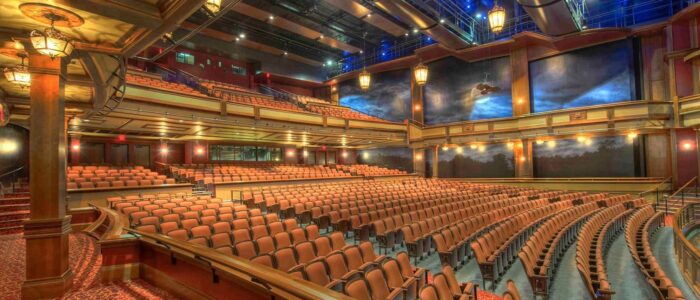
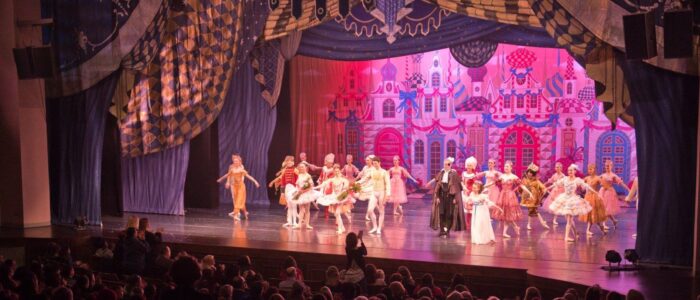
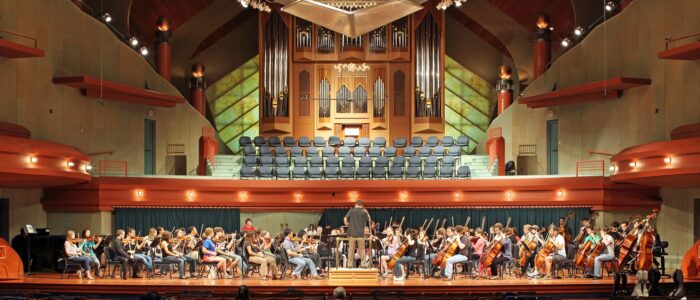
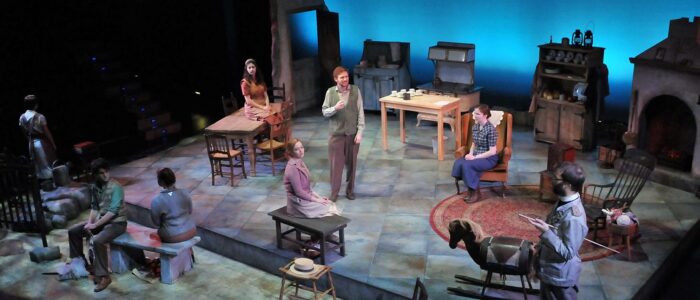
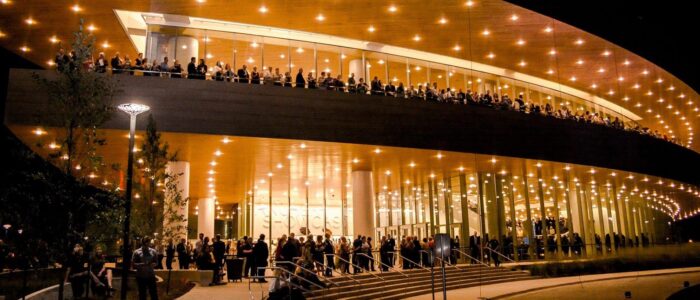
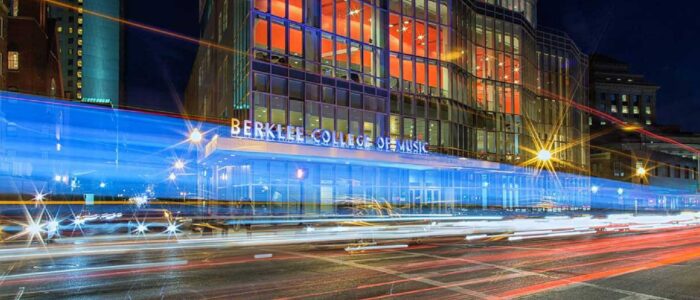
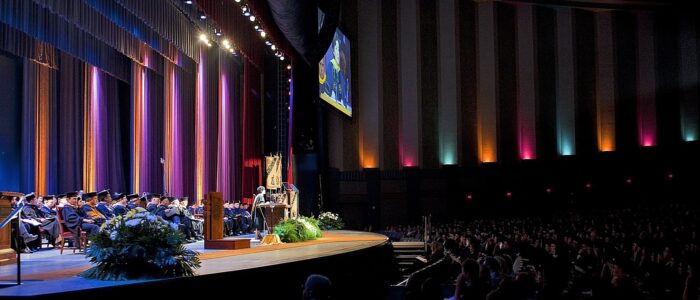
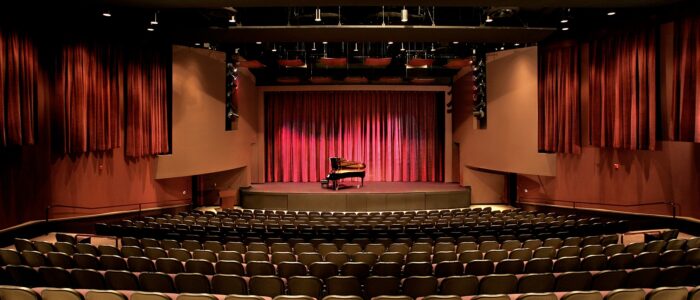
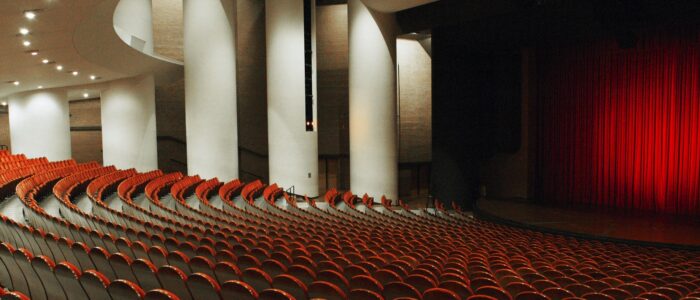
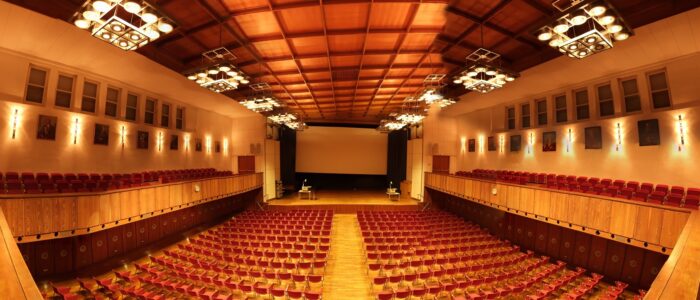
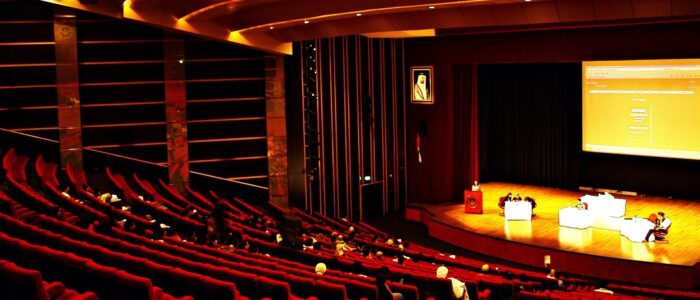
The Entertainment Services and Technology Association is one of the first names in trade associations that support the ‘business of show business’ through networking, safe practices, education, and representation. We follow the standards making activity of its technical committees and monitor public commenting opportunities. ESTA releases markups of its consensus products for public comment at a fairly brisk pace on its standards development landing page:
Consultation on several titles run from March 25 through April 4.
You may obtain an electronic copy at the link above, along with a comment form. Send your comments to Karl Ruling, (212) 244-1505, standards@esta.org with an optional copy to psa@ansi.org). We encourage our colleagues in school districts and in colleges and universities large and small; with responsibilities for the safety and sustainability of cultural resource properties, media centers, performance venues to participate in the ESTA technical standards development program.
We keep the ESTA suite on the standing agenda of our Lively Arts colloquia; open to everyone. See our CALENDAR for the next online meeting.
Since the electrotechnologies for the lively arts have evolved into complex, interoperable systems we also collaborate with the IEEE Education & Healthcare Facilities Committee on technical specifics. That committee meets online four times per month in European and American time zones.
Issue: [Various]
Category: Electrical, Infotech, Lively Arts,
Colleagues: Mike Anthony, Christine Fischer, Mike Hiler, Nehad El-Sherif
*More >>
State Capitals And College Towns: A Recipe For Success
Baby Boomers Are Retiring to College Towns
The original University of Michigan codes and standards advocacy enterprise interviewed an ESTA affiliate in 2015:
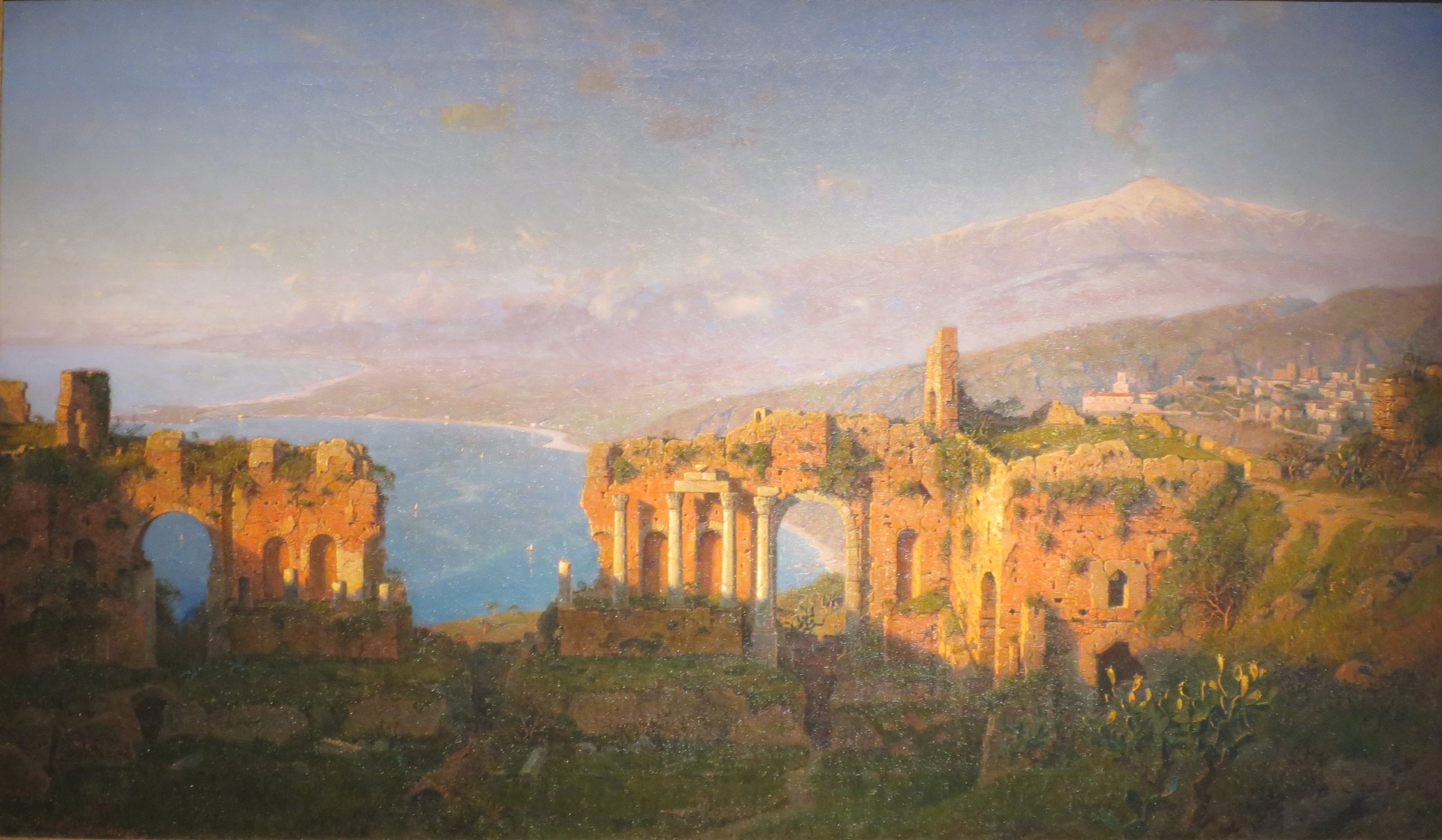
“View from the Ancient Theater in Taormina to Mount Etna” c. 1880 Carl Wuttke
Safety and sustainability for any facility begins with an understanding of who shall occupy it. University settings, with mixed-use phenomenon arising spontaneously and temporarily, present challenges and no less so in square-footage identified as performing arts facilities. Education communities present the largest installed base of mixed use and performing arts facilities. A distinction is made between supervised occupants that are in secondary schools (generally under age 18) and unsupervised occupants that are in university facilities (generally above age 18).
First principles regarding occupancy classifications for performing arts facilities appear in Section 303 of the International Building Code Assembly Group A-1. The public edition of the 2021 IBC is linked below:
2021 IBC Chapter 3: Occupancy Classification and Use
Each of the International Code Council code development groups A, B and C; fetch back to these classifications. You can sample the safety concepts in play with an examination of the document linked below:
2019 GROUP B PROPOSED CHANGES TO THE GROUP B I-CODES
2019 GROUP B PUBLIC COMMENT AGENDA
Each of the foregoing documents are lengthy so we recommend using search terms such as “school”, “college”, ‘”university”, “auditorium”, “theater”, “children”, “student” to hasten your cut through it.
We find continuation of lowering of the lighting power densities as noteworthy. Technical committees assembled and managed by the International Code Council, the American Society of Heating & Refrigeration Engineers and the Illumination Engineering Society are leaders in developing consensus products that drive the LED illumination transformation.
The revision schedule for the next tranche of ICC titles that are built upon the foundation of the IBC is linked below:
2024/2025/2026 ICC CODE DEVELOPMENT SCHEDULE
We encourage experts in education communities — facility managers, research and teaching staff, architectural and engineering students — to participate directly in the ICC Code Development process at the link below:
https://www.iccsafe.org/cdpaccess/

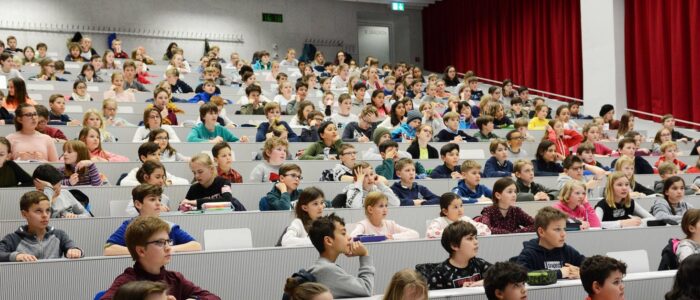
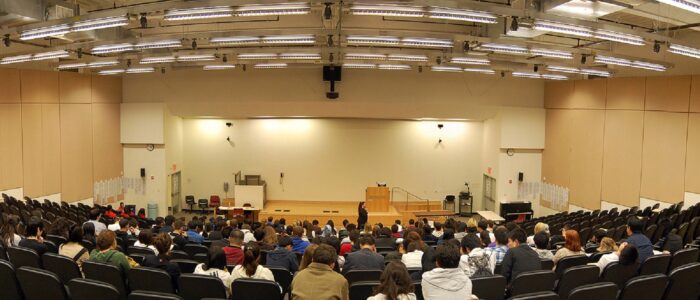



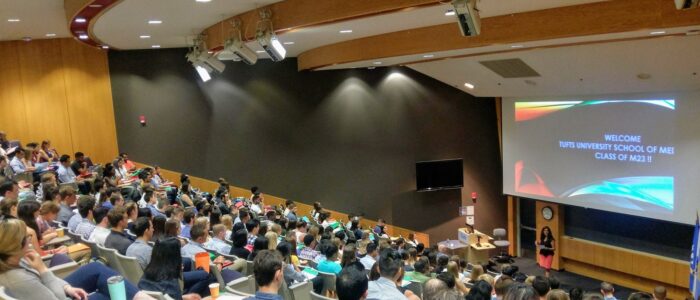
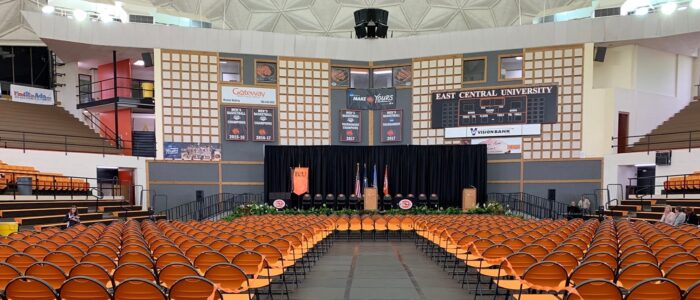
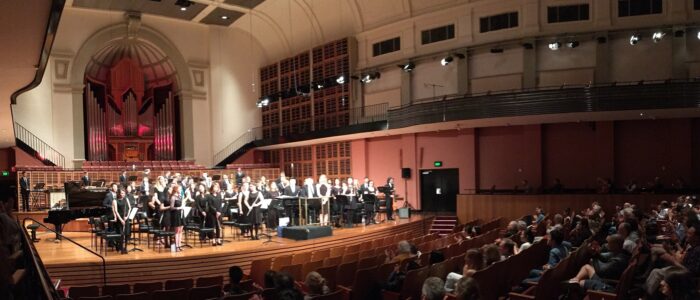
We reserve a place on the agenda of our standing Lively 200 colloquia on this topic. See our CALENDAR for the next online meeting; open to everyone.
Issue: [18-166]
Category: Architectural, Healthcare Facilities, Facility Asset Management
Colleagues: Mike Anthony, Jim Harvey, Richard Robben
If you find yourself eating a pecan pie tomorrow, odds are it was grown in Georgia! pic.twitter.com/0FiKTlCAQi
— UGA (@universityofga) November 24, 2021
University of Georgia: Cranberry Pecan Pie
The popularity of Georgia pecan pie can be attributed to several factors:
This content is accessible to paid subscribers. To view it please enter your password below or send mike@standardsmichigan.com a request for subscription details.
We need to re-scale and re-organize our approach to the mobility topic generally — responsive to most best practice discovery results — as recorded in technical literature and landing in regulations at all levels of government. The size of the domain has expanded beyond our means. We need to approach the topic from more angles — distinguishing among land, air and space mobility — following market acceptance and integration.
Throughout 2024 our inquiries will track relevant titles in the following standards catalogs:
Institute of Electrical and Electronic Engineers
International Code Council
National Fire Protection Association
ASHRAE International
We will maintain priority wherever we find user-interest issues in product-oriented standards setting catalogs (ASTM International, SAE International and Underwriters Laboratories, for example). Agricultural equipment standards (were Michigan-based ASABE is the first name) will be place on the periodic Food (Nourriture) and Water standards agenda. Each organization contributes mightily to the “regulatory state” where we are, frankly, outnumbered. When their titles appear in interoperability standards that affect the physical infrastructure of campuses we will explore their meaning to our safer, simpler, lower-cost and longer-lasting priority. (See our ABOUT)
Join us today at the usual time. Use the login credentials at the upper right of our home page.
EV Charging Stations Integration into Public Lighting Infrastructure
Economics of Electric Vehicle Charging Infrastructure in a Campus Setting
Electric Vehicle Charging Infrastructure for Long Distance Travel in Sweden
Collision Resistant Hash Function for Blockchain in V2V Communication
The command issued by the character Captain Jean-Luc Picard in the television series “Star Trek: The Next Generation” finds its way into the archive of photographs of Nobel Laureates consorting with politicians at the University of Michigan and elsewhere.
American Institute of Physics Archive
…”There’s not good math explaining forget the physics of it. Math explaining the behavior of complex systems yeah and that to me is both exciting and paralyzing like we’re at very early days of understanding you know how complicated and fascinating things emerge from simple rules…” — Peter Woit [1:16:00]
Since 1936 the Brown Jug has been the ancestral trough of generations of University of Michigan students and faculty — notably. Donald Glaser (inventor of the bubble chamber) and Samuel C. C. Ting (Nobel Laureate) whose offices at Randall Laboratory were a 2-minute walk around the corner from The Brown Jug. As the lore goes, the inspiration happened whilst watching beer bubbles one ordinary TGIF Friday.
The Brown Jug is named after the Michigan vs Minnesota football trophy, which is the oldest in college football.
New update alert! The 2022 update to the Trademark Assignment Dataset is now available online. Find 1.29 million trademark assignments, involving 2.28 million unique trademark properties issued by the USPTO between March 1952 and January 2023: https://t.co/njrDAbSpwB pic.twitter.com/GkAXrHoQ9T
— USPTO (@uspto) July 13, 2023
Standards Michigan Group, LLC
2723 South State Street | Suite 150
Ann Arbor, MI 48104 USA
888-746-3670
